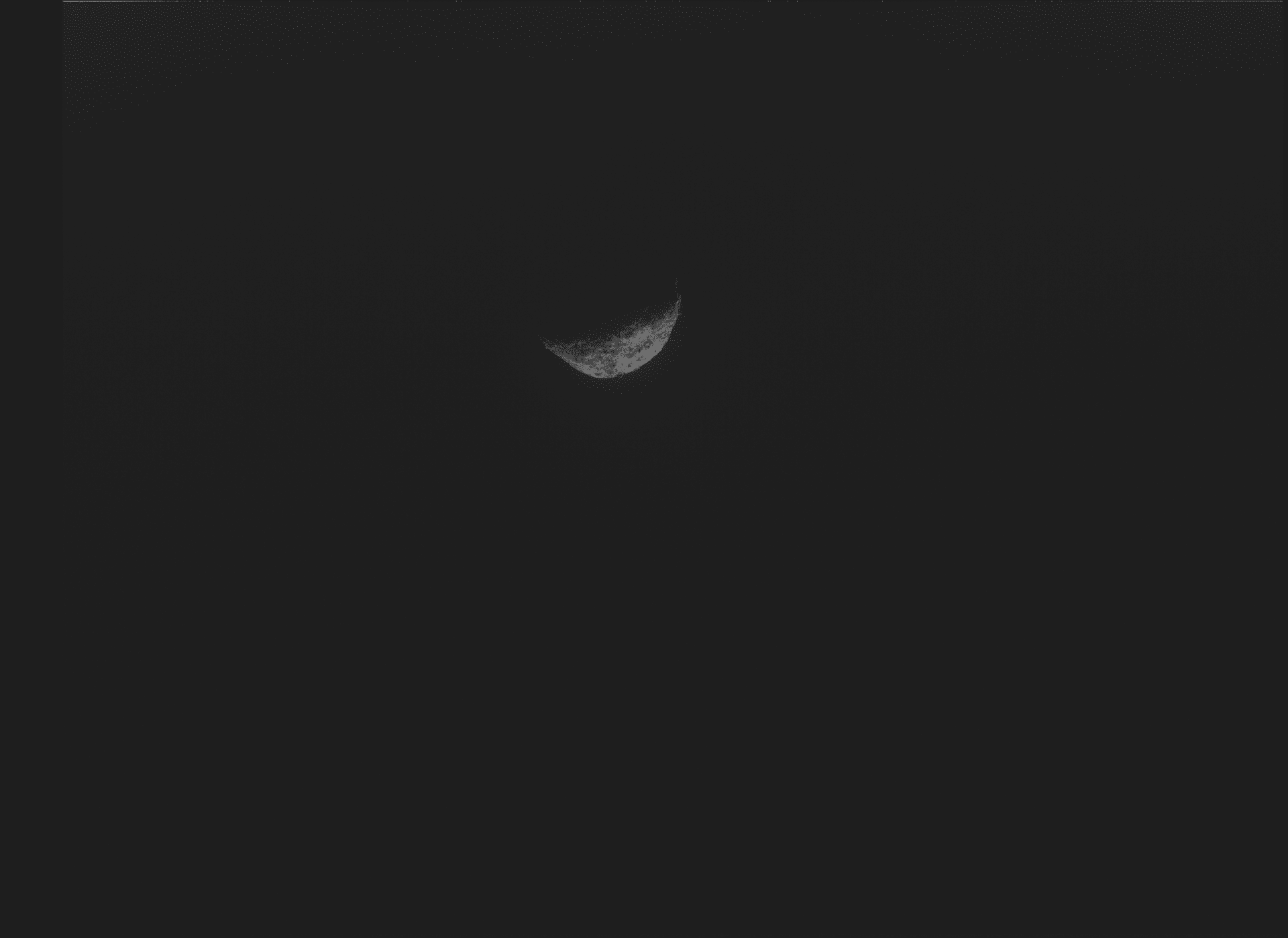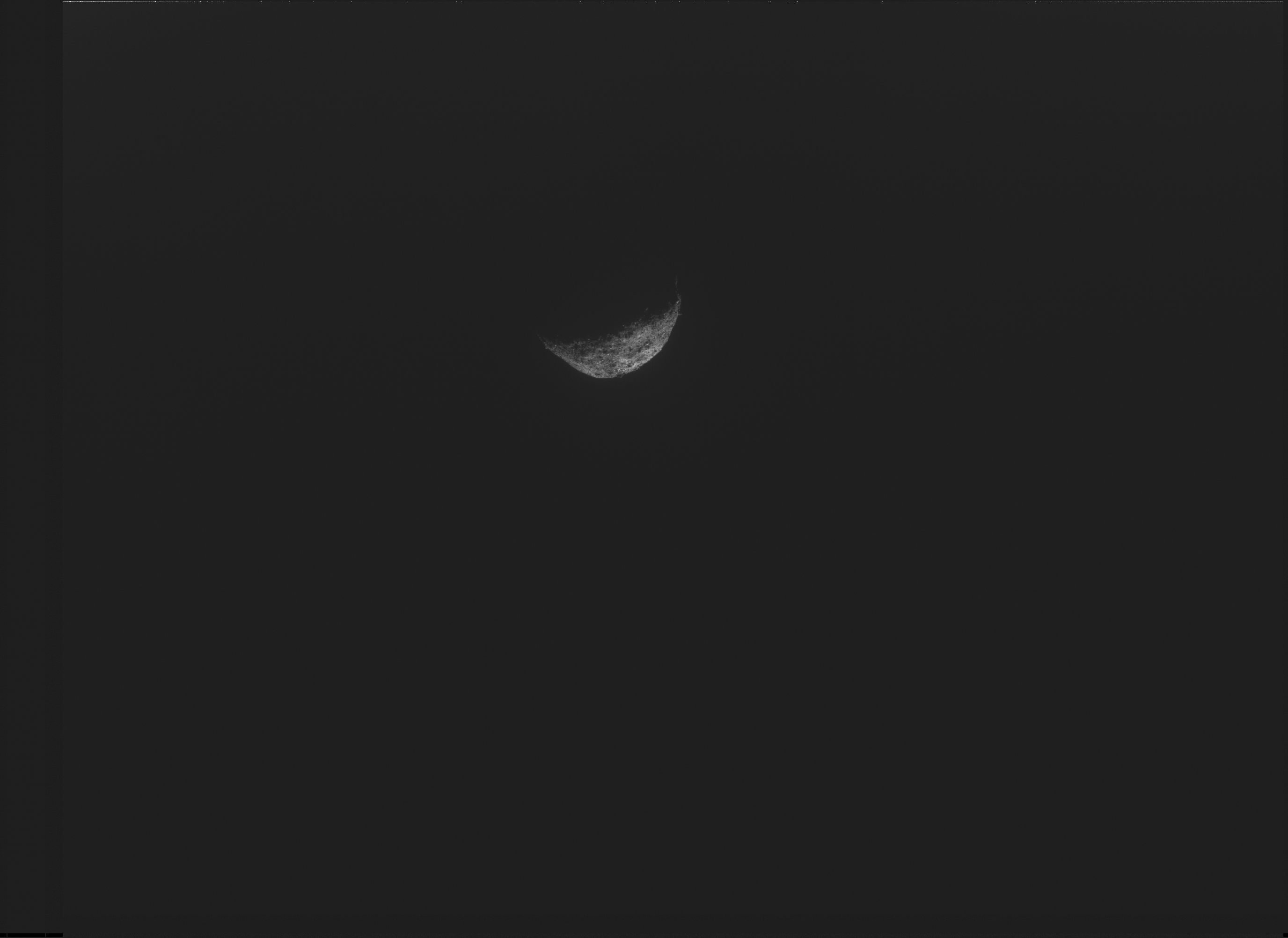This photo was taken by the OSIRIS-REx spacecraft on April 9. On that day it made its final flyby of the asteroid Bennu (101955 Bennu). The purpose of the visit was to map the surface of the small body and take pictures of its soil sampling site.
University of Arizona
The image shows a half-lit silhouette of an asteroid against the blackness of space. What makes this image special is that it’s the last image of Bennu acquired by OSIRIS-REx. After completing the flyby, the device moved away at a distance of several thousand kilometers from the body and no longer photographed it.

Bennu is currently the smallest object in the solar system studied by the spacecraft at close range. Its size is 565×535×508 m and its average density is 1.19 g/cm³, which is only slightly more than the average density of water. This suggests that the asteroid has a porous structure and is most likely a “garbage heap” – a cluster of rocks bound together by gravitational forces.
Bennu was probably formed by the breakup of a large object with a diameter of at least 100 km. This happened between 800 million and 1.5 billion years ago. The asteroid subsequently drifted in the inner part of the Main Belt until a few million years ago, when it entered its current orbit, along which it occasionally comes close to Earth. It has therefore been classified as a potentially dangerous asteroid.
In 2135, Bennu passes at a distance of about 100 thousand kilometers from our planet. This approach can change its orbit so that between 2175 and 2196 it will collide with the Earth. However, the probability of such an outcome is extremely low – according to the latest estimates, it is 0.037% (1 in 2700).





